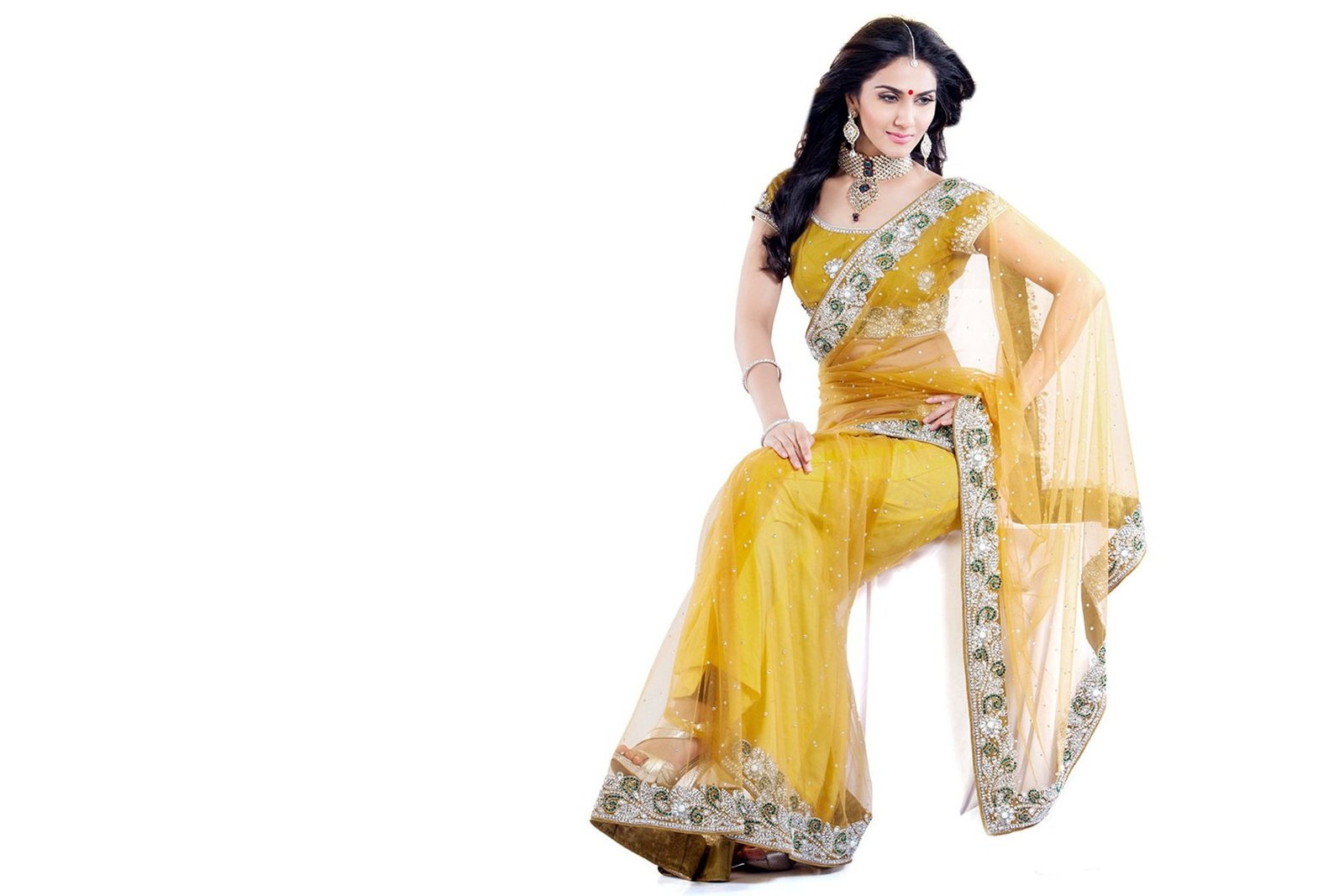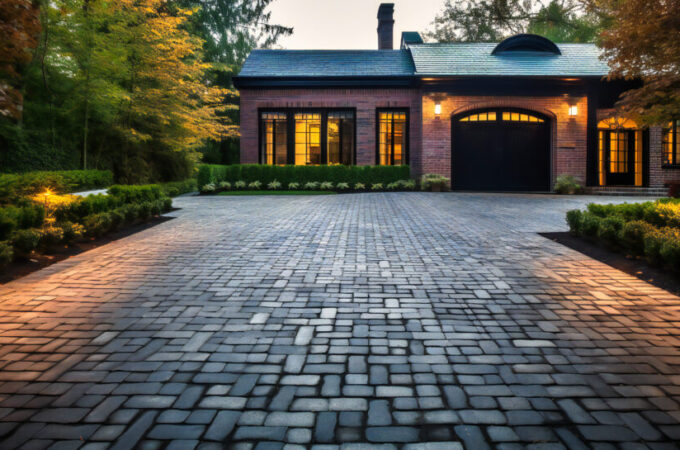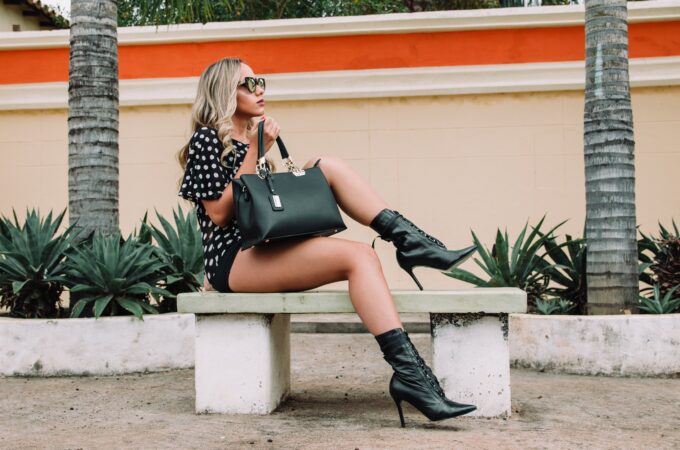
8 Traditional Sarees You Must Have In Your Wardrobe If You Are a Bride
The more things change, the more they remain the same. It might seem strange to think this way, but the classic case in point is the saree – from its beginning more than 5000 years ago, it has become the national treasure of India and an enduring symbol of its culture.
In the same way, Indian women have changed over the years, but the saree is still important to them. Fashion styles have also gone through their own evolution, but the love that Indian women have for the elegant saree drapes has not disappeared. It is evident in all traditional ceremonies, especially weddings – here are some sarees you should have in your wardrobe when this occasion happens to you.
Kerala/Mundum Neriyathum
In the southern state of Kerala, these sarees are the trademark of the region. They are widely known for their simplicity, as the saree is cream or white in colour, and the borders have gold threads woven into them. The reason this saree is also referred to as Mundum Neriyathum is due to it being a tow piece, with the mundum being the bottom half and the neriyathum being the pallu.
In addition, there is a similar saree to this known as Kasavu, but the difference is that it is a one-piece. Both of these are made from cotton, making them lightweight and comfortable if you are wearing them during the hot months of the summer, and you can commonly find mural paintings from Kerala woven into the pallu.
Banarasi saree

This famous saree is among the most beautiful silk sarees you can ever own. Originating from Vanarasi in the northern state of Uttar Pradesh, it is widely known for its extensive brocade work as well as very intricate zari patterns woven into the silk (the silk itself is quite heavy) – and this makes it a very popular choice for Indian brides.
The Mughals are credited for introducing this fabric to India, so many of the motifs present on the fabric are tributes to them; and these are very common. They include architectural designs, floral patterns that are very delicate, and figures of animals in gold, multicolour or silver threads. As long as you can pay the cost (they tend to be expensive due to the cost of labour that goes into their making), they will serve you well for many years and can even become family heirlooms.
Bandhani saree

Coming from the Rajasthan-Gujarat region, the bandhej or Bandhni saree is famous for its tie-and-dye technique, making its patterns and print very unique compared to other saree types. They also come in every colour you can think of, making them very versatile for numerous occasions.
You can find them embellished using mirror and thread works, making them have a very beautiful look. It also makes them a very popular choice for dandiya nights, a Hindu festival that celebrates the traditional stick folk dance, or Dandiya Raas.
Chanderi saree
This is also another famous type of saree and originates from the town of Chanderi in Madhya Pradesh. They are known for blending cotton and silk, making them lighter than the average silk saree, yet very stylish due to the sheen.
Because Chanderi sarees are lightweight, they are a good option to have during the hot summer months, and they have a translucent structure that you cannot find in other sarees – these make them very comfortable for many women. The usual patterns you can find on them include floral patterns, geometric patterns, coins, peacocks, and so on.
Sambalpuri

These are very famous in Orissa, and are made using the tie and dye technique (similar to Bandhani sarees). They are also famous for their traditional motifs that are a significant part of the design, including shells, flowers and wheels, and are also known for their ikat weaving (a highly intricate weaving method).
The origin of these sarees is not well known, although stories has it that it was a product of the Bhulia community that led to Western Odisha from Northern India in the 12th century, after the Mughal kings took over northern India.
Kanjivaram

Originating from the town of Kanchipuram in Tamil Nadu, this is among the silk sarees you should put on your list. The weavers are believed to be descendants of the master weaver of the gods, Sage Markanda, making this saree legendary in its elegance. If you are from southern India in particular, then this saree is a must-have. They also have motifs of checks, temple borders, floral buttas and stripes.
It is important to note one aspect though – you need to be careful when buying these sarees, as genuine ones will always have a label showing their geographical indication. Because they are expensive, be careful when you are buying one; you don’t want to spend your money only to find out later that it was a fake.
Kota doria
These originate from the city of Kota in Rajasthan. Because the climate is hot and dry, these are a perfect fit for the climate of the region. The only problem would be that the original sarees are becoming very rare as time goes by, although the polyester versions are also a good alternative.
Venkatgiri

These might be more recent than most sarees on this list, but it does not make them less alluring. They come from the state of Andhra Pradesh, and trace their origin to 1700 AD; with their popularity increasing due to the patronage of the Velugoti dynasty.
They are a crisp and lightweight mix of silk and cotton, which drapes well around the body to give a timeless look – this is also due to their weaving in the form of golden zari borders and close-knit gauge. The pallu consists of either heavily ornate zari embroidery or simpler zari designs in gold thread, and this determines the price range.
Final thoughts
These sarees and many more are guaranteed to showcase your beauty in many ways, and add an air of elegance to your look. After all, you do want to look your best when you are the bride, and these allow you to do so while showcasing your Indian heritage.




